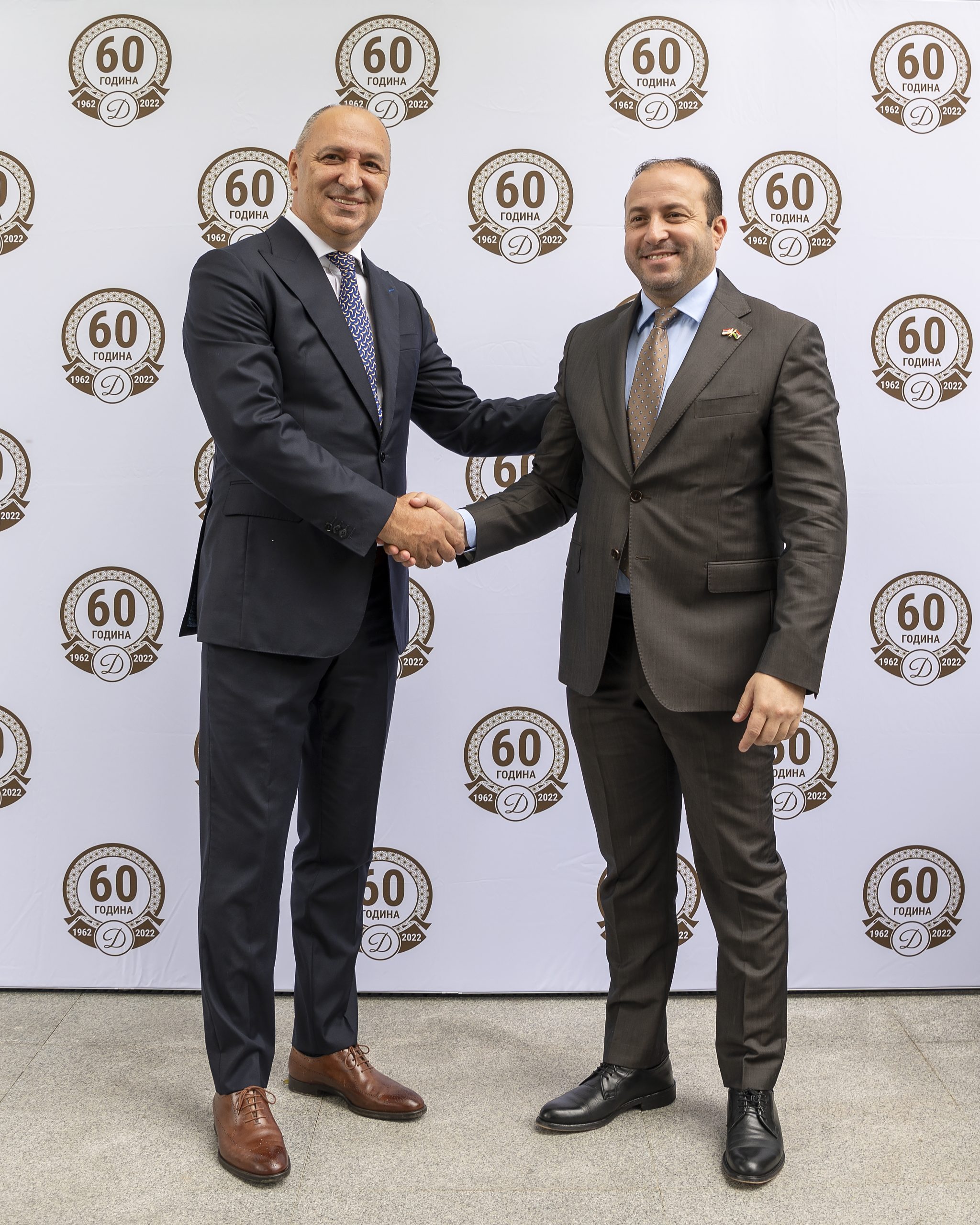OUR BLOG
LIBYA
BILATERAL RELATIONSHIPS

Diplomatic relations between Serbia and Libya were established in 1955 and are traditionally good and partnership-like because Libya was one of the most important Arab partners of the former Yugoslavia in the fields of construction, healthcare, and military industry. The political dialogue has been at a standstill in recent years, due to the current situation in Libya, but the recent visit of the Minister of Foreign Affairs and International Cooperation of Libya, Najla Mohamed el-Mangoush, was certainly an additional impetus to joint efforts to successfully revive the long tradition of friendship.
In 2010, Serbia and Libya signed a memorandum on cooperation in the field of education. Today, there is a Libyan-Arab school in Belgrade, while a large number of Libyan students in Serbia are getting a university education.
Partnership relations between the two countries were also confirmed by the cooperation with Property management and rental company “Dipos”. The recently held solemn ceremony of planting a tree of friendship, at the headquarters of the Company with 10 ambassadors of Arab countries in the Republic of Serbia, was also attended by the ambassador of the State of Libya in Belgrade, Mohamed Galbun.

Director of the Company, Mr. Djoko Krivokapic and Ambassador of Libya to the Republic of Serbia, Mr. Mohamed Galbun
THE FOURTH LARGEST COUNTRY ON THE AFRICAN CONTINENT
Libya is located in the north of Africa, on the coast of the Mediterranean Sea, and is the fourth largest country on the African continent. The capital is Tripoli.
The economy of Libya is based on planned production, the backbone of which is the exploitation of oil and gas. Thanks to this, it has the highest GDP per capita in Africa. The monetary unit is the dinar.
The basis of agricultural production is the cultivation of cereals, vegetables, and fruits. The largest date plantations are located in the Kufra oasis in the Libyan desert, where about three million trees have been planted.
 There are 84 educational institutions in Libya, including 12 state universities and a handful of private universities accredited by government authorities. Primary education is free for all citizens and compulsory at the secondary level.
There are 84 educational institutions in Libya, including 12 state universities and a handful of private universities accredited by government authorities. Primary education is free for all citizens and compulsory at the secondary level.
Until the beginning of the 21st century, tourism in Libya was developing, but in 2011 this industry was destroyed. This African country is known for the remains of Greek and Roman cities, among which the most attractive are the Roman cities of Sabrata and Leptis Magna, as well as the remains of the Greek city of Cyrene. Libya is also adorned with exceptional natural beauty, one of which is the Ubari lakes of the sandy sea. These salt lakes are scattered across the dunes and surrounded by palm trees. The concentration of salt in these lakes is up to 5 times higher than in the sea, and the reason for this is that the water from them constantly evaporates, and is not filled with fresh water. Some of these lakes are bright red due to the presence of algae that thrive in the salty environment and produce highly colored pigments.
Libya is also adorned with exceptional natural beauty, one of which is the Ubari lakes of the sandy sea. These salt lakes are scattered across the dunes and surrounded by palm trees. The concentration of salt in these lakes is up to 5 times higher than in the sea, and the reason for this is that the water from them constantly evaporates, and is not filled with fresh water. Some of these lakes are bright red due to the presence of algae that thrive in the salty environment and produce highly colored pigments.
THE LIBYAN REVOLUTION
In 1949, the United Nations General Assembly passed a resolution stating that Libya should become independent before January 1, 1952. When Libya declared independence in December 1951, it was the first country to achieve independence through the UN and one of the first European colonies in Africa to gain independence. It was declared a constitutional and hereditary monarchy under King Idris.
The discovery of significant oil reserves in 1959 and the proceeds from the sale enabled one of the poorest countries in the world to develop and acquire considerable wealth. Although oil drastically improved the government’s finances, popular discontent arose at the same time as the emergence of Nasserism and Arab nationalism in North Africa and the Middle East, which grew due to the excessive concentration of the national treasure in the hands of King Idris and the national elite.
That is why a small group of officers, led by 28-year-old Captain Muammar el Gaddafi, carried out a coup against King Idris in 1969. The revolutionaries abolished the monarchy and declared a new Libyan Arab Republic.

Muammar Gaddafi and Gamal Abdel Nasser
From the beginning of the Libyan revolution, Gaddafi turned Libya, which was one of the poorest countries, into a country with the highest standards in Africa. Before his rule, only 25 percent of the population was literate, and after coming to power, Gaddafi developed a system where education and health care were free. He supported farming and helped the education of his citizens abroad.
At the beginning of the Arab Spring, in February 2011, protests began against Gaddafi, who ruled the country for 42 years. The conflicts soon turned into open conflicts and war, and after the last battles for Gaddafi’s hometown of Sirte, Muammar al-Gaddafi was killed, ending the existence of the Libyan Jamahiriya and a period of political instability.








 2018
2018